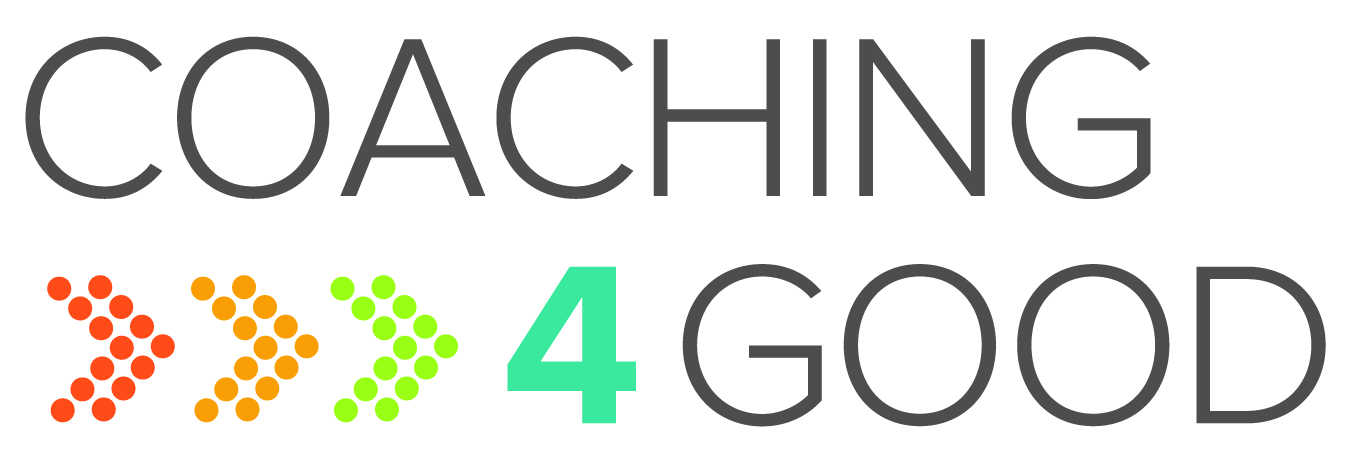
One of the most powerful skills that great leaders possess is the ability to move people through stories. The stories they tell have a way of compelling others to action in a powerful and inspirational way. The new reality of the pandemic requires leaders to create a new narrative first for themselves, and then for their teams. Changing the narrative may be the key to unlocking the potential they have to not just survive the current crisis, but to successfully lead teams into the literally unforeseeable future.
Growth from Fragility
 One approach to changing the narrative was introduced by Nassim Taleb when he coined the term “antifragile” (also the title of one of his bestselling books), arguing that some systems benefit from shocks, actually thriving and growing as a result of disorder and volatility.
One approach to changing the narrative was introduced by Nassim Taleb when he coined the term “antifragile” (also the title of one of his bestselling books), arguing that some systems benefit from shocks, actually thriving and growing as a result of disorder and volatility.
Examples of this idea, which goes beyond the concepts of resilience, can be seen in nature when a forest fire creates new life, in how the human body builds muscle when tissues are broken down during weightlifting, in individuals who display post traumatic growth, or in the skill of a talented trader using the ups and downs of the market to achieve gains.
The idea is for leaders to create a team that can see themselves as poised to benefit from and take advantage of stress, errors, change, and disruption. Leaders can help their organization and their team to be like the mythological Hydra who generated two new heads each time one was cut off, or the Phoenix, which dies and is reborn from its ashes.
With a leader who instills and infuses this mindset, teams can leverage the very fragility of the organization to succeed. Leaders have the opportunity to inspire their teams to live in the new narrative by designing a new, strategic relationship with risk, leaving room for randomness, and magnifying the benefits of keeping options open to remain agile.
Stories that Look to the Future
Changing the narrative to be forward thinking gives leaders the ability to solve for the present by first looking to the future.
In an episode of the podcast “Your Brain at Work,” hosted by the Neuroleadership Institute, guest Bob Johansen discusses the “foresight, to insight, to action” process by which leaders can champion teams to solve problems by focusing on the future. He states that foresight is a story from the future, that is plausible, internally consistent, and provocative, with signals to bring it to life.
Inspirational leaders can create this kind of story to help their team and their organization reduce the noise of the current disruption.

Mark Johnson, author and cofounder of Innosight, describes a similar idea. He defines future-back leaders as those who visualize what their organizations could be, starting from a clean sheet, and then mobilizing whatever they need in order to bring it into being. They can do this by planning out much further than the typical timelines. This can then yield a richer perspective on what is possible while leaving room for the inevitability of change.
This does not mean that leaders will not engage in present-forward thinking to solve problems and plan for the short-term future. Leaders can, however, focus the team on building for the future simultaneously by fostering a learning culture and encouraging the team to ask hard questions and set challenging goals.
Changing the Narrative: Add Collaboration
There is another significant shift that changed the narrative for the entire planet as a result of the current situation. Leaders are responding to uncertainty and change with a heightened focus on collaboration, building new alliances both internally and throughout their overall external ecosystem.
Leaders can create or change the narrative to generate a previously untapped reserve of resources that now expands far beyond the team or the organization. Moreover, it establishes the sense that, in this time of crisis, “we’re all in this together.”
Since the pandemic hit, governments, NGOs, transport systems, vendor-partners, clients, and competitors have become allies in a manner that has not existed until now. Everyone has a stronger interest to exchange information and collaborate, thus eliminating many boundaries.
 This collaborative approach mirrors the pioneers in academia. In the sixties, they began sharing information via networks that would eventually lead to the World Wide Web. Similarly, in the nineties, programmers created open source software, and this kind of collaboration continues today, with enthusiastic programmers attending conferences running “sprints” together, all working on the same problem.
This collaborative approach mirrors the pioneers in academia. In the sixties, they began sharing information via networks that would eventually lead to the World Wide Web. Similarly, in the nineties, programmers created open source software, and this kind of collaboration continues today, with enthusiastic programmers attending conferences running “sprints” together, all working on the same problem.
Leaders are going to continue to need more collective efforts to succeed. A leader who can increase the number of resources his team can access using this narrative will inevitably expand the boundaries of problems and their solutions.
These three narratives are only some of the many that great leaders use to solicit high performance and continuing success in their organizations. Undoubtedly, anyone who can learn to incorporate stories and narratives that inspire people in the midst of uncertainty can achieve the unthinkable.
Part 4 of the Leading Teams Through Disruption series will focus on how leaders can leverage their team’s strengths to maximize performance in times of change. Catch up on part one or part two of the series.










Stay In Touch